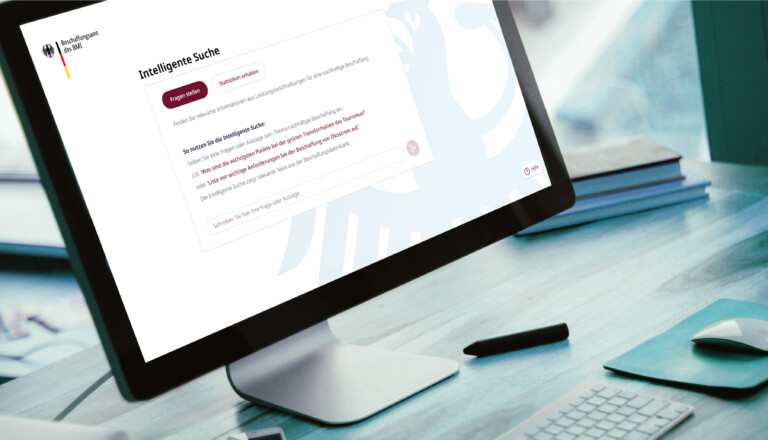Article
by Helen Kokk, User Experience and Service Design Lead
Service design makes public services invisible
The second wave of digitalization changes public services from the ground up – they are becoming highly integrated into the everyday life of the users and revolving around consumer behavior.
The first wave of digitalization happened when physical services were taken online, the second is happening now. Services are becoming fully digital, personalized and automated, driven by the mass use and analysis of data. Including data about human behavior in digital channels.
People want easy, seamless processes when it comes to communicating with the state, whether it is declaring taxes, signing documents or running a business online. They’ll want to live in countries where their government treats them as a valued client. Therefore, the aim of the state should be to provide less services that a client has to apply for, and more proactive, invisible services.
Service design makes everyday life easier for users. The challenge now is how to bridge the communication gap between the public and private sector so public services become even more invisible for citizens.
It’s time for visionary public services
The startup mentality is all about going beyond borders and finding loopholes in the system. We should aim to dismantle the stereotypical ‘the-law-does-not-allow-this mentality’ in regard to public services. We also need to challenge the regulations and adopt more visionary thinking. The innovative power of startups combined with the more conservative public sector would help to achieve that goal.
A zero-click world requires further integration of public and private sector services. Every day people give data to companies, but this information does not move from private enterprises to the state.
Government services should be so seamless people don’t even understand they exist
The Move Guide platform for employee relocation probably has more information about the globally mobile workforce than any statistics officer in any country. Imagine if instead of applying online to renew a driver’s license you could do it in your intelligent car. At home, a smart TV would remind you to pay bills. The symbiosis of data exchange would help the state to provide better services and more personalized user experiences. Data transparency will also enforce better governance.
Talk to the government as if they were your friends
At the same time, we should acknowledge that a zero-click world poses the danger that the government knows too much about us. However, there is an easy answer – good communication with users. Nobody likes Facebook’s security holes, but at the same time we do not mind a Google Now reminder to take the last bus home in 5 minutes. Filling in forms and supplying requested information should be a pleasant conversation, not an obligation.
One of the great recent examples of visionary eGovernance services is the Estonian Tax and Customs Board pioneering innovative e-services, seeking to help businesses earn revenue. As part of that initiative, collaboration between the Estonian-based LHV Bank and the Tax Board have created a solution that enables an undertaking to pay taxes automatically when making transactions at the bank. Taxes are now declared and paid in the background.
This proves that when the private and public sector are looking for ways to collaborate in order to make the user experience better, there could be more success stories making public services more invisible.
Get in touch
Let us offer you a new perspective.


